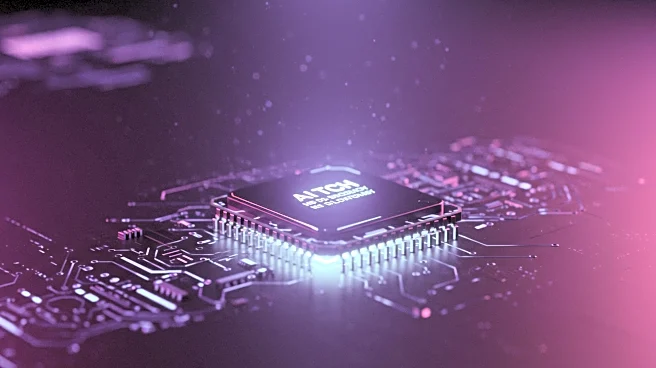What's Happening?
Tencent has announced that its AI operations remain unaffected by US GPU export restrictions, asserting that the company possesses sufficient chip inventory to maintain its infrastructure. During a recent earnings call, Tencent's president Martin Lau emphasized the company's strategic shift towards software optimization to enhance efficiency in AI inference, reducing dependency on American semiconductor manufacturers. This approach allows Tencent to continue its AI development without relying heavily on US hardware, despite ongoing trade negotiations between Washington and Beijing. The company's diversification into CPU-based computing and database services further supports its growth in cloud services, minimizing exposure to semiconductor supply chain disruptions.
Why It's Important?
Tencent's strategy highlights a significant shift in how Chinese technology companies are responding to US export controls. By focusing on software optimization and diversifying hardware sources, Tencent reduces its reliance on American semiconductor manufacturers, potentially impacting their revenue projections. This move could serve as a model for other Chinese tech firms facing similar challenges, influencing industry-wide strategies in China's technology sector. The company's ability to maintain competitive AI capabilities despite trade restrictions underscores the resilience and adaptability of Chinese tech giants in navigating geopolitical tensions.
What's Next?
As US-China technology trade relationships remain uncertain, Tencent's approach may prompt other Chinese companies to adopt similar strategies, potentially reshaping the global semiconductor market. The Trump administration's reported plans to claim a percentage of GPU sales to China could further complicate the situation, affecting US semiconductor companies' market share. Tencent's continued focus on software optimization and hardware independence will likely influence its long-term competitiveness in AI infrastructure, with potential implications for global tech industry dynamics.

